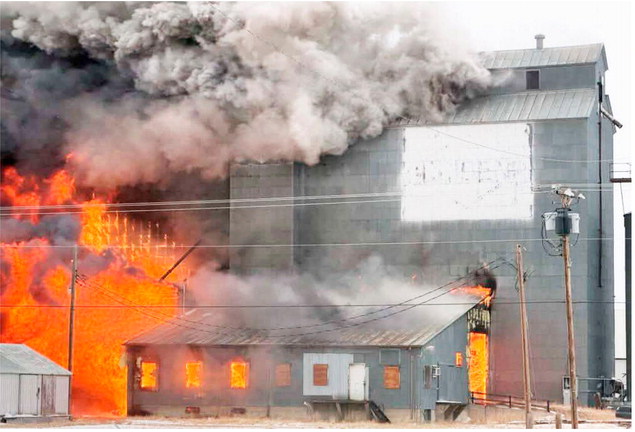USDA Announces Early Release Of Select Commodity Tables
On Nov. 7, at 3 p.m. EST, the U.S. Department of Agriculture (USDA) will release selected tables from the upcoming USDA Agricultural Projections to 2032 report prepared in support of the President’s annual budget process as defined in the Budget Control Act. These tables will include 10-year projections for major U.S. crops and livestock products and will be followed in February 2023 by USDA’s Agricultural Projections to 2032 report that will include a full discussion of the commodity supply and use projections, and projections for farm income and global commodity trade.
These projections, commonly referred to as the “USDA Baseline,” assume that current laws affecting federal spending and revenues remain in place throughout the projection period, and do not attempt to predict global policy or political outcomes, abnormal weather events, or other external shocks that could affect market outcomes. Instead, they reflect USDA’s assessment of how markets would evolve under current conditions, existing laws, and normal weather patterns. Rather than serving as a prediction of the future, they are intended to serve as a neutral benchmark for measuring the effects of proposed legislation or external developments that could have enduring effects on agricultural markets.
These projections use the October 12, 2022, World Agricultural Supply and Demand Estimates (WASDE) report as the starting point, and macroeconomic forecasts developed in August 2022.
The data will be simultaneously posted in MS Excel tables to the Office of the Chief Economist’s (OCE) website at www.usda.gov/oce/commodity- markets/baseline and will be uploaded to the Economic Research Service’s (ERS) Baseline database at USDA ERS - Agricultural Baseline Database.
USDA touches the lives of all Americans each day in so many positive ways. Under the Biden-Harris Administration, USDA is transforming America’s food system with a greater focus on more resilient local and regional food production, promoting competition and fairer markets for all producers, ensuring access to safe, healthy and nutritious food in all communities, building new markets and streams of income for farmers and producers using climate-smart food and forestry practices, making historic investments in infrastructure and clean energy capabilities in rural America, and committing to equity across the Department by removing systemic barriers and building a workforce more representative of America. To learn more, visit www.usda.gov.

